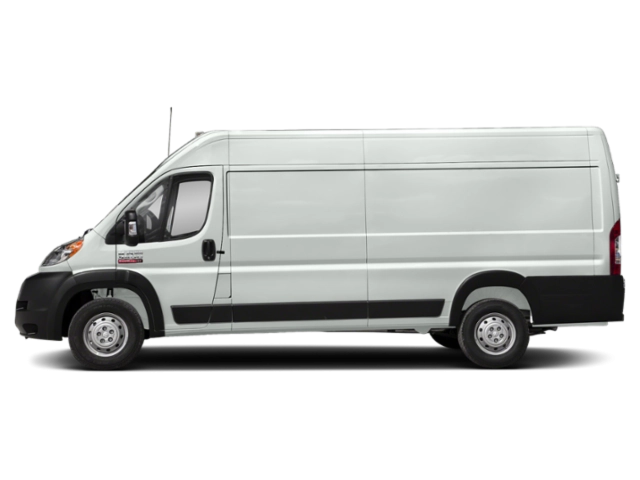2020 RAM Promaster Owner's Manual

Table of Contents
2020 RAM Promaster Overview
Introduction
The 2020 RAM ProMaster stands out as a versatile and capable van in the commercial vehicle segment, meticulously designed to meet the demands of both business professionals and adventurous individuals alike. With a spacious cargo area and efficient engines, the ProMaster promises functionality without sacrificing comfort. It serves various purposes, from cargo transport to camper van conversions, making it an ideal choice for many lifestyles.
Powertrains
Under the hood, the 2020 RAM ProMaster is powered by a robust 3.6-liter V6 engine that delivers an impressive 280 horsepower and 262 lb-ft of torque. This engine is paired with a 6-speed automatic transmission, ensuring a smooth driving experience whether you’re loaded with goods or navigating through urban environments. The ProMaster's front-wheel-drive configuration enhances traction and allows for better handling, especially during inclement weather.
Trims
The ProMaster comes in multiple trims, including the 1500, 2500, and 3500 configurations, which are designed to cater to various payload and height requirements. Each trim features different wheelbase options, allowing you to customize the van to suit your specific needs, whether you require a compact size for city driving or a larger model for transporting extensive cargo.
Features
The 2020 RAM ProMaster is packed with practical features aimed at enhancing the driving and ownership experience. Standard features include a rearview camera, a Uconnect infotainment system with a 5-inch touchscreen, Bluetooth connectivity, and smartphone integration. Advanced safety features, such as stability control and multiple airbags, ensure that both the driver and cargo remain secure on the road.
Owners Manual
The owners manual for the 2020 RAM ProMaster serves as an invaluable resource, providing comprehensive information on maintenance schedules, operating instructions, and troubleshooting tips. It guides owners through the various features and provides insights on optimizing performance and ensuring the longevity of the vehicle.
User manual download
The RAM Promaster owner manual for the 2020 model year is to be found in PDF downloadable format on this page. The owner manual for the model year 2020 is free and in English, but the repair manuals are usually not easy to get and may cost more.
Manual Questions
Fill the form below and someone will help you!

